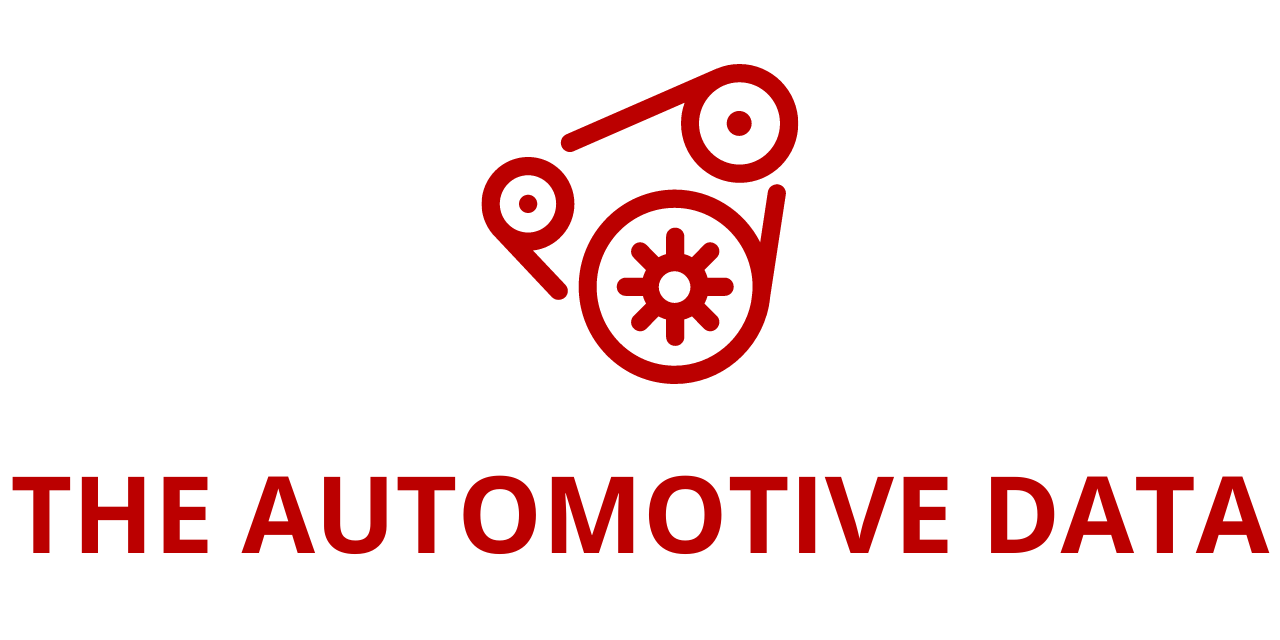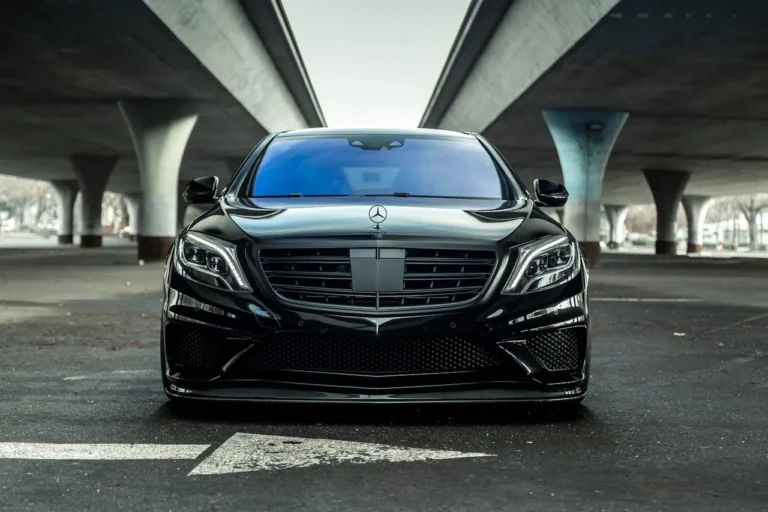
Smart Car Information Security 2025: AI-Driven Protection, Post-Quantum Readiness, and Full-Life-Cycle Compliance Redefine Automotive Cyber Defense
The rapid evolution of intelligent connected vehicles has transformed automobiles from mechanical machines into sophisticated mobile computing devices. As vehicle architectures shift toward centralized electronic and electrical platforms and vehicle-to-everything (V2X) communications deepen, cars are increasingly exposed to cyber threats originating from the cloud, networks, infrastructure, and even physical interfaces. In response, the newly released Smart Car Information Security (Cybersecurity and Data Security) Research Report 2025—now featured on ResearchAndMarkets.com—provides one of the most comprehensive analyses to date on automotive cybersecurity trends, AI-powered security frameworks, post-quantum cryptography adoption, and regulatory enforcement shaping the future of secure mobility.
The Expanding Attack Surface of Smart Vehicles
Modern vehicles operate as integrated mobile smart terminals, featuring centralized domain controllers, intelligent sensors, OTA software updates, and persistent cloud connectivity. This digitalization wave has led to increasingly sophisticated forms of attack, spanning:
- Autonomous driving-specific threats, including sensor spoofing, machine vision deception, decision-making algorithm manipulation, and supply chain firmware vulnerabilities.
- Vehicle-road-cloud coordinated attacks, targeting IoV platforms, roadside infrastructure tools (RSUs), cloud fleet platforms, and even satellite Internet networks.
- Charging network exploitation, where attackers compromise charging stations, backend platforms, or even directly manipulate high-voltage battery systems.
Unlike traditional IT systems, automotive attacks are uniquely life-critical. A remotely issued command could disable brakes, alter navigation routes, or paralyze fleet operations, turning cybersecurity into both a safety issue and a public trust issue.
Software-Defined Vehicles Bring Both Agility and Risk
The rise of software-defined vehicles (SDVs) has changed how OEMs develop and deploy features. Instead of multi-year hardware-dependent vehicle refresh cycles, automakers now push new software functions every 3–6 months. While this improves customer experience and competitiveness, it also creates immense pressure on software security validation, especially during rapid CI/CD-style DevOps releases.
To cope, leading automakers are transitioning toward DevSecOps, embedding security testing—from static code scans (SAST) to penetration testing and fuzzing—across every stage of the vehicle development lifecycle. However, flat supply chain structures make it difficult for OEMs to access component source code or firmware internals. As a result, SBOM (Software Bill of Materials) management, software composition analysis (SCA), zero-day vulnerability monitoring, and firmware security auditing are becoming foundational practices.
AI Ushers in Predictive, Autonomous Cyber Defense
The report highlights a paradigm shift: automotive cybersecurity is transitioning from passive protection to a closed-loop “prediction → defense → response” intelligence model, driven by artificial intelligence.
AI applications in automotive security are progressing across several layers:
- Cloud-edge-vehicle collaboration, where cloud platforms analyze large-scale threat intelligence while edge and in-vehicle agents perform real-time anomaly detection.
- For example, NavInfo and Alibaba Cloud jointly built an intelligent cloud base enabling automated linkage between cybersecurity strategies and autonomous driving data.
- Adaptive intrusion detection systems (AI-IDPS) for in-car networks such as CAN, Ethernet, and V2X communication channels.
- Foundation model-driven threat analysis, where LLMs assist in dynamic attack simulation, fuzz testing automation, and vulnerability prioritization.
AI doesn’t merely increase detection efficiency—it accelerates response, enabling autonomous containment of compromised components before system-wide propagation.
Post-Quantum Cryptography: From Theory to Industrial Deployment
One of the most critical shifts in 2025 is the industrialization of post-quantum cryptography (PQC) in the automotive sector. Traditional encryption algorithms like RSA and ECC, widely used in V2X authentication and OTA update signing, are vulnerable to Shor’s algorithm running on future quantum computers. Given that cars often remain in service for 10–15 years, any vehicle produced today could face crypto obsolescence within its lifecycle.
Recognizing this long-term threat, regulatory bodies and OEMs are beginning to migrate to hybrid encryption, combining classical and quantum-resistant algorithms like SPHINCS+. The U.S. NIST PQC roadmap mandates that critical infrastructure migrate by 2028–2030, creating intense pressure on automotive suppliers to modify chips, communication stacks, and key management systems accordingly.
The report recommends OEMs begin immediate PQC planning across:
- Chip-level certification
- V2X security upgrades
- Post-quantum cloud platform compatibility
A future-proof algorithm-chip-communication-cloud protection stack will soon become an industry default.
China Leads in Automotive Data Security Regulation
Since the enactment of the Data Security Law (2021), Chinese authorities have released 39 regulations and 7 standards specifically governing automotive cybersecurity and data protection. Mandatory frameworks such as:
- Several Provisions on Automotive Data Security Management (Trial)
- GB/T 41871-2022: Security Requirements for Automotive Data Processing
- GB/T 44464-2024: General Requirements for Automotive Data
have forced OEMs to shift from post-incident remediation to proactive full-life-cycle protection.
Compliance expectations now extend across data classification, storage governance, cross-border flow approvals, user consent management, anonymization testing, and personal privacy labeling. OEMs face complex challenges, including 0-day attacks, third-party data leakage, and employee-induced breaches.
To mitigate these, the report proposes a four-stage governance model: inventory → classification → protection → monitoring, supported by:
- Data desensitization for autonomous driving datasets
- Cross-border transfer gateways with audit trails
- Embedded compliance in model training processes
Benchmarking OEM and Supplier Best Practices
The report catalogs how leading Chinese automakers—including Xpeng, NIO, Li Auto, BYD, Geely, SAIC, FAW, Changan, and Great Wall Motor—are building comprehensive cyber defense frameworks integrating:
- Security Operation Centers (VSOCs) for real-time vehicle threat monitoring
- In-vehicle IDPS systems coordinating with cloud backends
- Security partnerships with chipmakers, AI vendors, and IT security providers
Hardware vendors such as UNI-SENTRY, NationalChip, HSEC, and Fudan Microelectronics are providing secure processors and HSMs (Hardware Security Modules), while software firms like Seczone, SECTREND, and TICPSH deliver SAST, IAST, fuzzing, and red-teaming capabilities.
Meanwhile, IoV security specialists such as Vecentek, SECDEER, and SEC-ICV are deploying edge-cloud orchestration systems to protect communication between vehicles and road infrastructure.
Looking Ahead: A Future of Collaborative, AI-Augmented Defense
The Smart Car Information Security Research Report 2025 concludes that automotive cybersecurity is entering a systemic, intelligence-driven phase, characterized by:
- AI-security fusion, where machine learning models both defend vehicles and accelerate vulnerability discovery.
- PQC deployment at scale, transitioning cryptography from “quantum risk discussion” to real-world integration.
- DevSecOps normalization, treating security not as an add-on but as a continuous lifecycle discipline.
- Regulation as an innovation catalyst, compelling OEMs to invest in compliance-first design.
As software continues to define the automobile, trust will define mobility adoption. Whether autonomous taxis, energy-swap EV fleets, or cross-border data-driven services, the future of transportation will belong to the secure by design.








